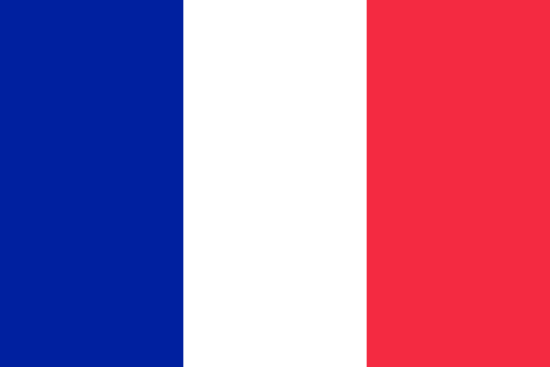"Carcassonne, la cité des remparts | Carcassonne, the city of ramparts"
About:
Carcassonne, a hilltop town in southern France, has a rich history dating back to the Neolithic period. It was fortified by the Romans in 100 BC, and later became a stronghold of the Visigoths. In the Middle Ages, it was a strategic outpost during the Albigensian Crusade. The city fell into disrepair but was restored in the 19th century by architect Eugène Viollet-le-Duc. Today, Carcassonne's medieval citadel is a UNESCO World Heritage site, attracting tourists from around the world.
When to visit:
Carcassonne, a fortified medieval city in southern France, is best visited during the shoulder seasons of spring and autumn. During these times, the weather is mild and pleasant, ideal for exploring the historic streets and ramparts without the peak summer crowds. Spring, from April to June, offers blooming flowers and greenery, while autumn, from September to November, showcases the city's fall colors. Avoid the hot summer months of July and August when tourist numbers peak, and temperatures can soar, making sightseeing less comfortable.
When to avoid:
The worst time to travel to Carcassonne on a holiday would be during the peak summer months of July and August. During this time, the city experiences its highest influx of tourists, leading to crowded attractions, long lines, and inflated prices. The scorching heat of the Mediterranean summer can also make outdoor exploration uncomfortable for visitors. To avoid the crowds and high temperatures, it is advisable to plan your trip during the shoulder seasons of spring or fall when the weather is milder and the city is less crowded.
Winter (Dec-Feb)
In Carcassonne, France, the coldest and wettest period is typically from December to February. Average temperatures range from 4-10°C, and it receives the highest rainfall, around 50mm, in February. The city experiences less sunlight, about 3-4 hours daily, with frequent cloud cover. An average day for a visitor might involve bracing the chilly winds and intermittent rain showers, with possible occasional snow. Despite the grey skies, the city's medieval charm remains undiminished, offering a unique, less crowded winter experience.
"Summer (June-August)"
In Carcassonne, France, the warmest part of the year is typically from June to August, with July being the hottest month. During this time, the average high temperatures range from 25°C (77°F) to 30°C (86°F), while the average low temperatures are usually between 15°C (59°F) and 18°C (64°F).
Rainfall is relatively low during these months, with an average of 20-40mm per month. Most days are sunny with 9-10 hours of sunlight per day. Humidity is moderate, usually around 60-70%, making the heat comfortable rather than oppressive.
Cloudiness is typically low, with clear or partly cloudy skies most of the time. This allows for plenty of sunshine, contributing to the warm temperatures.
For a visitor, a typical day during the warmest part of the year in Carcassonne would likely be warm and sunny, perfect for exploring the city's medieval fortress and charming streets. The weather is generally dry, so it's a great time for outdoor activities. The nights are comfortably cool, ideal for enjoying the city's vibrant nightlife. However, it's always a good idea to carry a water bottle to stay hydrated in the heat.
Language:
In Carcassonne, a city in southern France, the most commonly spoken language is French. However, Occitan, a Romance language once widely spoken in the region, is still used by some residents. English is also spoken to some extent, primarily due to the city's popularity as a tourist destination.




